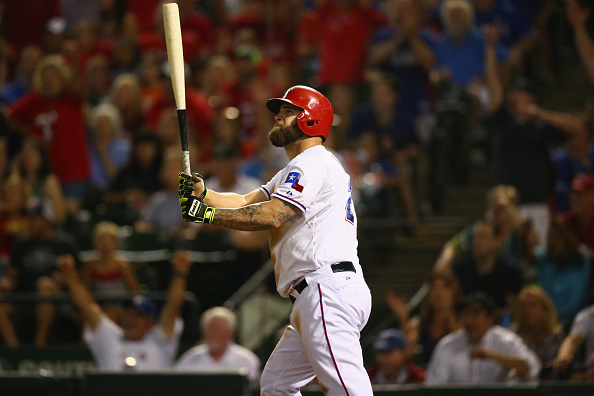
About Napoli, I wrote:
Napoli was quite productive with the Rangers in 2011-12, and they got him back in an Aug. 7 trade with the Red Sox. The right-handed hitter had a .295 batting average and five homers in 78 at bats with Texas. He had struggled with Boston in the first part of the campaign, hitting .207 in 329 at bats with 45 walks and 99 strikeouts. He did clout 13 home runs for the Red Sox.
Still, Napoli produced against lefty pitching over the course of the campaign, hitting .278 with 12 homers and 27 walks in 151 at bats. A solid defensive first baseman, Napoli also played some left field for Texas late in the season. He and the Rangers seem interested in a continued reunion, but if that doesn’t work out, the Indians could be among his best options.
One thing to add on Napoli: Given what we saw of him playing the outfield, the Indians may not continue that experiment. Napoli should get plenty of opportunities at designated hitter and spelling Carlos Santana at first base.
Davis is added to an outfield with little depth and even less accomplishment. That is, besides Michael Brantley, who had arthroscopic surgery to repair a torn labrum on his right (non-throwing) shoulder on Nov. 9.
About Davis from the Nov. 17 column on prospective free agent signings:
Davis still runs well, and is a solid defender at any of the outfield positions. The right-handed hitter owns a .296 career batting average against left-handed pitching, so he could add balance to the Indians’ lineup.
Davis hit .258, and showed off extra-base power/speed with 16 doubles, 11 triples and eight home runs in 341 at bats with the Tigers last season. He drew just 22 walks while fanning 76 times, and he stole 18 bases in 26 attempts. In the previous seven years, Davis averaged 40 stolen bases in 50 tries.
The Indians absolutely had to acquire some proven right-handed hitting, so be it players in the latter stages of their careers. It has been so simple in recent years for opposing managers to match up their left-handed relievers against the Indians late in close games.
An improved lefty-righty balance should only help Cleveland’s left-handed batters, too, as they (1) theoretically may not face quite as much southpaw pitching and, (2) as the best of them, such as Brantley and Jason Kipnis, may get better pitches to hit from righty pitchers in certain situations if Napoli and/or Davis are flourishing behind them in the lineup.
Obviously, Napoli is not Miguel Cabrera and Davis isn’t comparable to Mike Trout, but these are wise acquisitions for a team that conducts business with such frugality.
Finally, how little emphasis have the Indians placed on right-handed hitting over the last several years?
Consider:
* Yan Gomes led the Indians’ pure right-handed hitters (not switch-hitters) with 363 at bats last season. To put that in perspective, there were 109 other right-handers in the major leagues with more at bats.
* The Indians haven’t had a right-handed batter with more than 485 at bats in a season since 2009, when Jhonny Peralta had 582. (Jamey Carroll was second with just 315). There were 58 right-handers last season with more than 485 at bats.
* The Indians’ leaders in at bats among right-handed hitters since 2010:
2015: Yan Gomes 363, Mike Aviles 290, Giovanny Urshela 267.
2014: Gomes 485, Aviles 344, Ryan Raburn 195.
2013: Drew Stubbs 430, Aviles 361, Gomes 293.
2012: Shelley Duncan 232, Lou Marson 195, Jason Donald 124.
2011: Matt LaPorta 352, Orlando Cabrera 324 (before traded to the Giants on July 30), Marson 243.
2010: LaPorta 376, Jhonny Peralta 334 (before traded to the Tigers on July 28), Austin Kearns 301 (before traded to the Yankees on July 30).
The Indians limited right-handed hitting presence has possibly been historical in major league annals. I don’t remember anything like it!

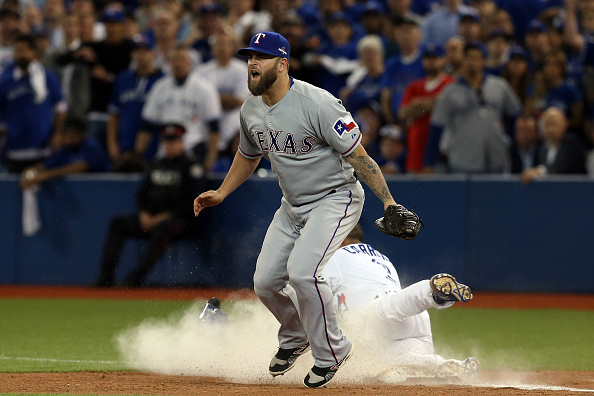









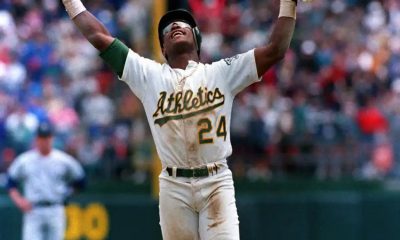

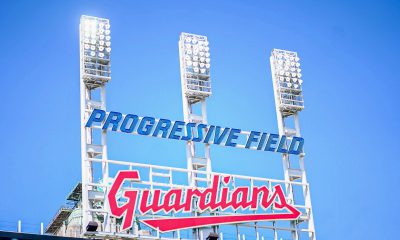

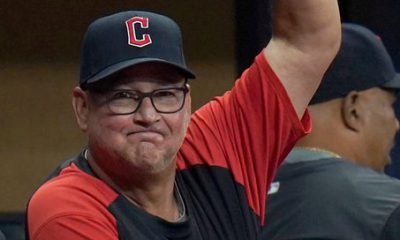

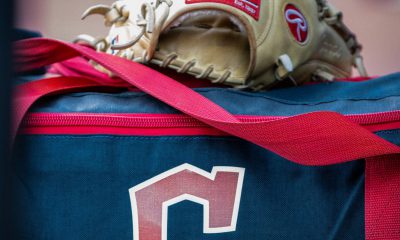

Recent Comments